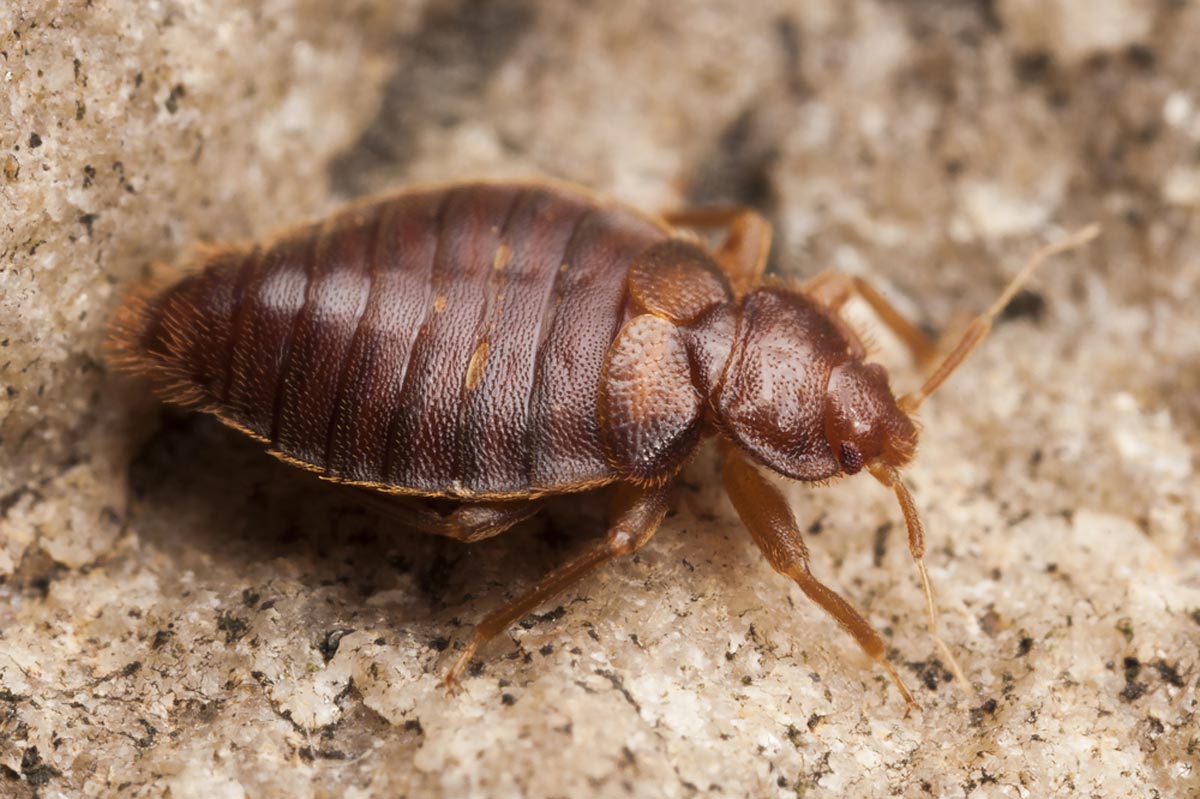Understanding the Lifecycle of Pests for Targeted Control Strategies
Understanding the lifecycle of insects is an essential element of reliable bug monitoring methods. By understanding the numerous stages of development that pests go through, a more targeted and exact method can be adopted to regulate their populations. This understanding not just sheds light on the susceptabilities within the bug lifecycle however likewise paves the means for carrying out tactical actions that can disrupt their development and recreation cycles. Through a deeper understanding of just how insects grow and develop, customized control techniques can be designed to address details factors in their lifecycle, inevitably resulting in even more successful insect administration end results.
Relevance of Understanding Pest Lifecycle
Recognizing the lifecycle of parasites is essential for establishing reliable and targeted control approaches in bug management. By understanding the numerous phases a pest goes with from egg to grownup, pest control experts can determine susceptible points in the lifecycle where treatment can be most successful.
Furthermore, acknowledging the details ecological conditions necessary for every stage of the pest's lifecycle can guide choices on environment alteration or exemption techniques to reduce and disrupt the lifecycle parasite populaces. This understanding enables pest administration professionals to execute proactive actions instead of counting solely on reactive treatments, leading to even more lasting and lasting parasite control solutions. Eventually, a comprehensive understanding of bug lifecycles encourages insect control experts to customize their strategies properly, minimizing environmental impacts and taking full advantage of control results.
Key Stages in Pest Growth
To successfully implement targeted control methods in pest management, a vital facet exists in adequately identifying and understanding the vital phases in bug growth. Bug growth generally consists of numerous vital phases that are vital for their lifecycle and administration.

Vulnerabilities in Insect Lifecycle
Throughout the various stages of a bug's lifecycle, distinctive susceptabilities emerge that can be purposefully targeted for reliable control procedures (A1 bed bug extermination houston). One important vulnerability lies in the egg phase, where insects are often extra at risk to specific insecticides or organic control agents due to their soft external shell, making them much easier targets for treatment. This Site Comprehending these vulnerabilities in the insect lifecycle is necessary for creating exact and efficient control techniques that properly handle bug populaces while minimizing ecological impact.
Executing Targeted Control Measures

Implementing targeted control procedures typically involves a multi-faceted technique. This might include habitat adjustment to make the environment less welcoming to parasites, such as getting rid of standing water for insect control click for source or sealing entry factors for rats. In addition, biological control approaches can be made use of, where all-natural killers or microorganisms are presented to keep insect populations in check.
Chemical control, such as the cautious application of chemicals, is another common method. It is vital to make use of these substances carefully to lessen environmental effect and prospective damage to non-target types - A1 bed bug extermination houston. Integrated Parasite Administration (IPM) strategies that incorporate numerous control procedures in a worked with and lasting way are commonly one of the most efficient in attaining lasting pest management objectives. By applying targeted control procedures based upon an extensive understanding of pest lifecycles, pest populations can be effectively regulated while reducing risks to human health and wellness and the setting.
Boosted Pest Monitoring Practices

Moreover, the unification of biological control representatives, such as natural predators or pathogens of pests, can help in reducing reliance on chemical pesticides and advertise an extra balanced ecosystem. Executing physical obstacles and traps can also be part of improved insect administration techniques, using safe and targeted services for insect control. Furthermore, using pheromones and various other semiochemicals can interrupt pest mating patterns and communication, causing decreased pest populaces in time.
Conclusion
By recognizing crucial stages in pest advancement and susceptabilities in their lifecycle, targeted control measures can be implemented to lessen pest populations. Enhanced pest monitoring methods can assist minimize the reliance on broad-spectrum pesticides and promote even more lasting and ecologically friendly insect control approaches.
Comprehending the lifecycle of parasites is important for creating reliable and targeted control techniques in pest monitoring. By comprehending the numerous phases a parasite goes with from egg to adult, pest control experts can recognize vulnerable points in the lifecycle where treatment can be most successful. Ultimately, a comprehensive understanding of bug lifecycles encourages parasite control specialists to customize their approaches properly, reducing ecological impacts and maximizing control results.
By executing targeted control procedures based on an extensive understanding of parasite lifecycles, parasite populaces can be efficiently regulated while reducing risks to human wellness and the environment.
By identifying key stages in bug development and susceptabilities in their lifecycle, targeted control procedures can be carried out to reduce bug populations.